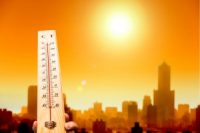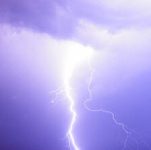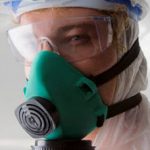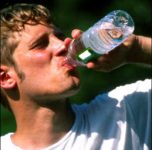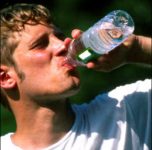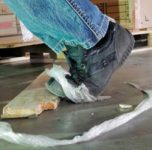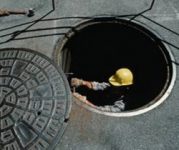Healthcare workers in home settings face a variety of safety and health risks, but they often lack access to programs offered to those in traditional settings. The National Institute for Occupational Safety and Health (NIOSH) is offering a web-based curriculum that focuses on practical solutions. Keep reading for details.
By John E. Hall With much of the country in line for more high temperatures as summer winds down, employers should be mindful of employees’ exposure to heat hazards on the job. Although the Occupational Safety and Health Administration (OSHA) has no heat standard, the agency has become increasingly willing to cite employers for employees’ […]
According to the National Oceanic and Atmospheric Association (NOAA), about 25 million cloud-to-ground lightning strikes occur each year in the United States. More than 400 people are struck by lightning every year; about 70 die, while others are left with permanent neurological damage.
Recently, we received the following question from a subscriber: What does OSHA say about initial entry into an area with a suspected gas leak of anhydrous ammonia of unknown quantity and the use of an SCBA?
Your summer checklist might include signing the kids up for swimming lessons and making reservations for a beach getaway. But if your employees work outside, preparations should also include readying them for exposure to the heat. Get important reminders here.
It’s common knowledge that working with garbage is difficult and smelly. But a new report reveals that commercial waste work is among New York City’s most dangerous jobs.
When it comes to heat stress, you know what you need to do to protect workers, right? Eight ounces of cool water an hour, frequent breaks in the shade, planning heavy work for cooler times of day … You’ve got this.
To learn about the impact of technology on health and safety, BLR partnered with eCompliance to survey 600+ environmental, health, and safety (EHS) pros. Check out the highlightes in our infographic below:
American workers can’t seem to get out of our own way—or out of the way of objects in our path, wet and slippery surfaces, uneven flooring, and other hazards. Slips, trips, and falls (STFs) befall us entirely too often, and the impact is staggering. This Compliance Report steps into the subject of falls with insight […]
: Recently, one of our subscribers asked the following question: Do non-permit confined spaces have to be marked with signage or listed in the confined space plan?


